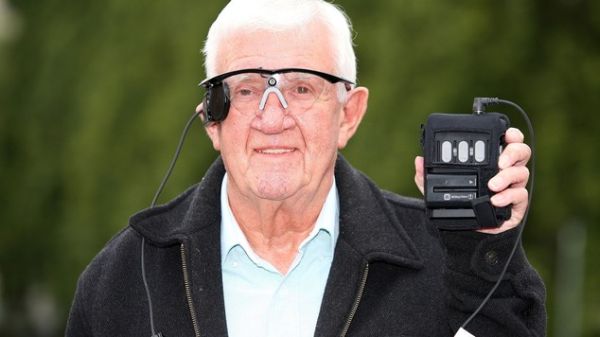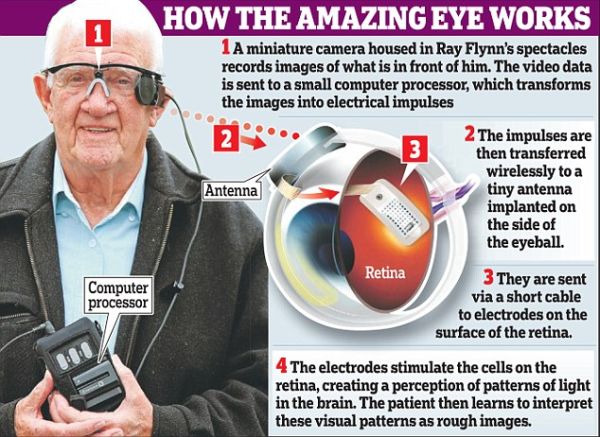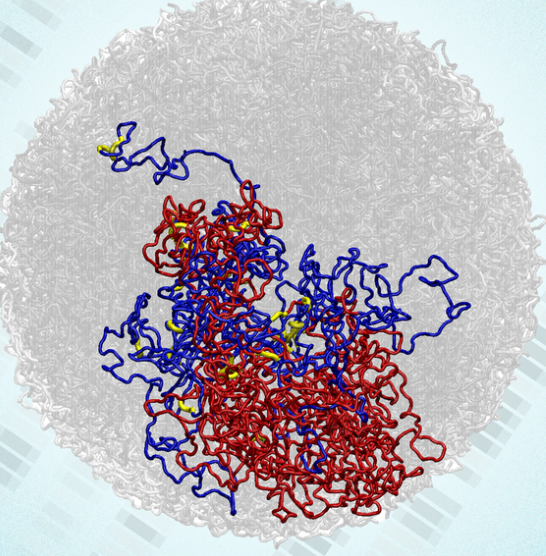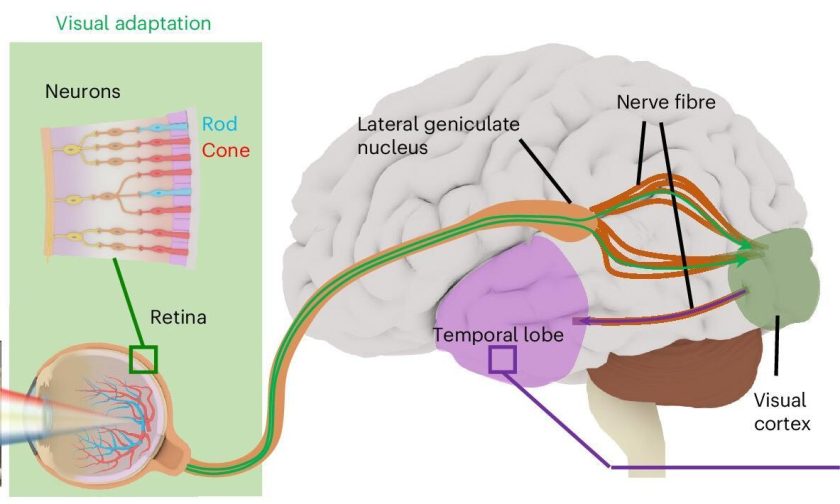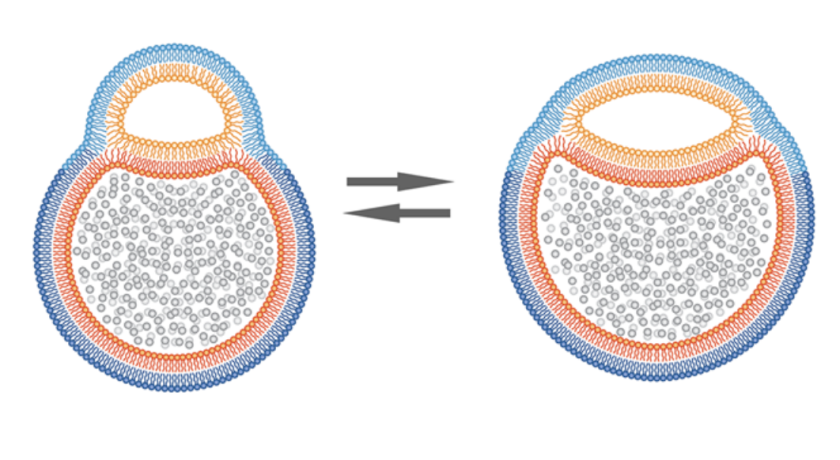Experts at Manchester Royal Eye Hospital have successfully restored the vision of 80 years old Ray Flynn, through implanting ‘bionic eye’. For the last eight years, Mr Flynn suffered from dry age-related muscular degeneration (AMD). AMD is a condition in which photoreceptor cells in the central region of the retina are damaged leading to loss of central vision. The condition is very common, affecting nearly 5,00,000 people in the UK.
Visual arrangements
In a four-hour operation, the team of surgeons inserted the Argus II retinal implant, developed by Second Sight Medical Products. The bionic mechanism operates by converting video pictures seized by a miniscule camera placed in the patient’s spectacles into a sequence of small electrical impulses that get conveyed wirelessly to electrodes present on the retina surface.
The electrical pulses that lead to a perception of arrangements of light in the brain stimulate remaining cells present on the retina. Learning to comprehend these visual arrangements helps restoring patient’s some visual ability.
Argus II enables Mr Flynn, even with his eyes closed to figure out the outline of objects and people. This clears out any doubt that his remaining natural vision is not helping him identify outlines and objects. So far, Argus II retinal implant has been used for treating retinitispigmentisa, a rare eye disease in which patients unlike AMD have no peripheral vision.
Uniting artificial and natural vision
Consultant ophthalmologist at the Royal Eye Hospital and Professor Paulo Stanga, explains that Mr Flynn so far was dependent on his peripheral vision, which is very exhausting. But now, his brain is receiving additional information that requires practice to interpret it.
This procedure is considered to be first that unites artificial and natural vision with the electronic pictures in the eye center blending with images perceived naturally from the remaining working peripheral retinal cells.
Going forward, surgeons plan to use the Argus II, hoping to treat other eyesight problems. However, the system may not prove beneficial for patients who are born blind, since they have never experienced to interpret the electrical pulses from the eye.
Nevertheless, the technology would help patients who live independently by reviving some functional vision.
Image: [DailyMail]
Source: [Central Manchester University Hospitals]

